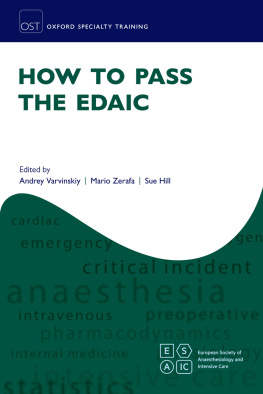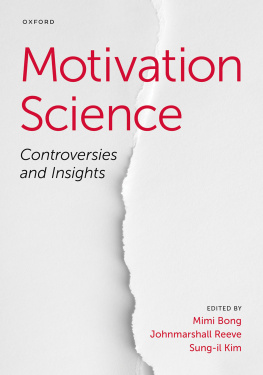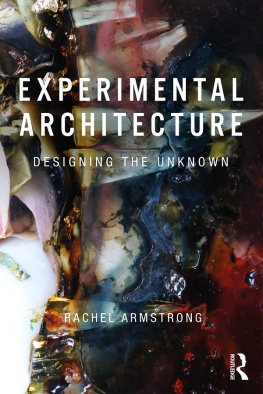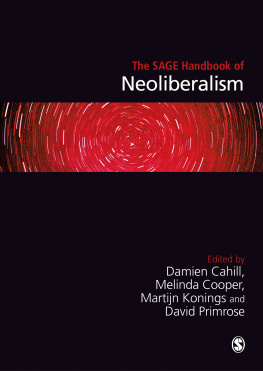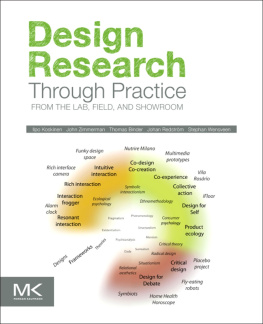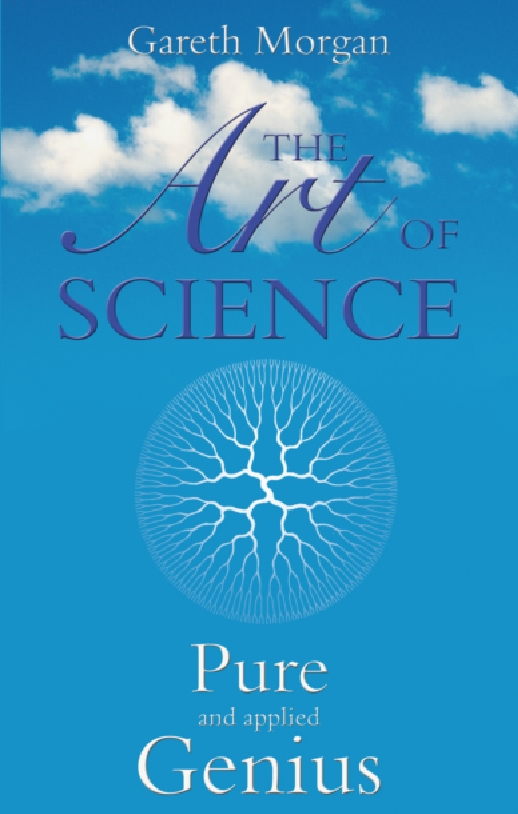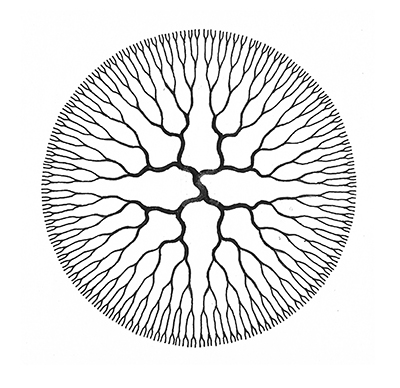Let me say at the outset that the findings of modern science, and of all the other major academic disciplines, are not open to question. Thanks to the rigorous application of the Scientific Method and the Peer Review System, not to mention the constant reappraisal by generations of the most gifted intellectuals, we can all have faith in the accuracy and validity of everything they have to teach us.
However, if we were to look at things rationally instead of scientifically, the world might look very different
PREAMBLE
You would not believe some of the stuff that scientists come out with!
People generally are pretty amazing. I know they can be a pain in the backside, but on the whole you have to admire what theyve achieved the amazing music and the fabulous works of art and literature, not to mention the extraordinary achievements of the technologists.
Scientists though, are something else. They are bound by so many arcane conventions that their teachings resemble the pontifications of orthodox religion more than they do any real quest for understanding. In fact, both science and religion can fairly be defined as a random set of beliefs, held in common by groups of people, concerning the nature of reality.
The first law of academia is, Dont contradict anything that has been published in a peer-reviewed journal. This means that if anyone makes some new, exciting discovery that throws doubt on something anything that scientists happen to believe at the time, then theyll find that its pretty much impossible to publish in any respectable journal. This is seen as a very good system because it saves a lot of argument and everybody feels happier, really, not knowing.
Of course this makes it a bit difficult for scientists to find anything to scientificate about. One popular way around this is simply to research existing research. The great thing about this option is that you can give references for absolutely everything without ever having to do any original work or having a single original thought. It also completely avoids any risk of saying something controversial.
Another way that scientists find to pass the time and justify their salaries and research grants is to muse (scientifically) on things that dont exist at all, thus cleverly avoiding any possibility of contradicting any established tenets.
One of the most famous examples of this in recent times was developed by a chap called Stephen Hawking, earning him the sobriquet of the worlds leading authority on black holes.
BLACK HOLES
The concept of black holes was first conceived by an eighteenth century academic called John Michell, who theorised that if enough matter were gathered together in one place then gravity might cause all the atoms to collapse, making that huge mass into a very small object. He went on to consider what might happen if the object were sufficiently massive that its gravitational field could prevent light escaping. Why, you wouldnt be able to see it! It would be a Black Hole in space.
His idea was taken up in modern times by Professor Hawking. The good professor was very pleased with this concept and published his ideas on the subject, not only in academic journals but also in the form of a best-selling hard backed coffee-table book with a really catchy title.
If you ever come across it, or either of the people who have actually read it, you will find that towards the end of the book the professor happily admits that black holes cant exist and that if they did exist, then they would be by far the brightest objects in the sky. That is because, if the gravity were that powerful, then it would bend and focus the light from all the stars and galaxies beyond it what they call gravitational lensing into a single, dazzling ring of light whose centre would remain dark because no light could escape from the middle. We dont see any such rings in the sky of course, because they dont exist.
Too late! Papers had been published in journals, so black holes were already an established part of conventional science.
Astronomers, who felt that this was really their field, began to look for black holes in space and pretty soon they released photographs of what theyd found.
The pictures showed dark bodies in space that were spewing out trillions of tons of glowing matter at almost the speed of light. The fact that, by definition, nothing can spew out of a black hole, not even light, was ignored by everyone. Not one scientist commented not even the worlds leading authority on black holes. Black hole theory had been proved and everybody was happy.
Dont you just love science?
VAPOUR TRAILS
A few years ago, global warming was becoming a hot topic among environmentalists and provided a neat illustration of how the scientific world puts its faith in the principle of first paper published before almost anything else.
I remember reading an article in a well-respected popular science magazine called New Scientist, by some academics whod had a sudden thought. What if all those aeroplanes up there were causing global warming? What if the haze from the vapour trails acted like a blanket, keeping all the heat in?What if the carbon dioxide in the haze contributed to a runaway greenhouse effect that could put an end to life-as-we-know-it? Scary stuff!
The very next edition of the same magazine published the results of a careful study of the same subject that had been carried out over years of detailed observation, precise measurement and meticulous recording. The results showed that the haze from vapour trails acts, not like a blanket, but like a mirror, and that, by reflecting sunlight back into space, the vapour contributes more to global cooling than any other human activity.



